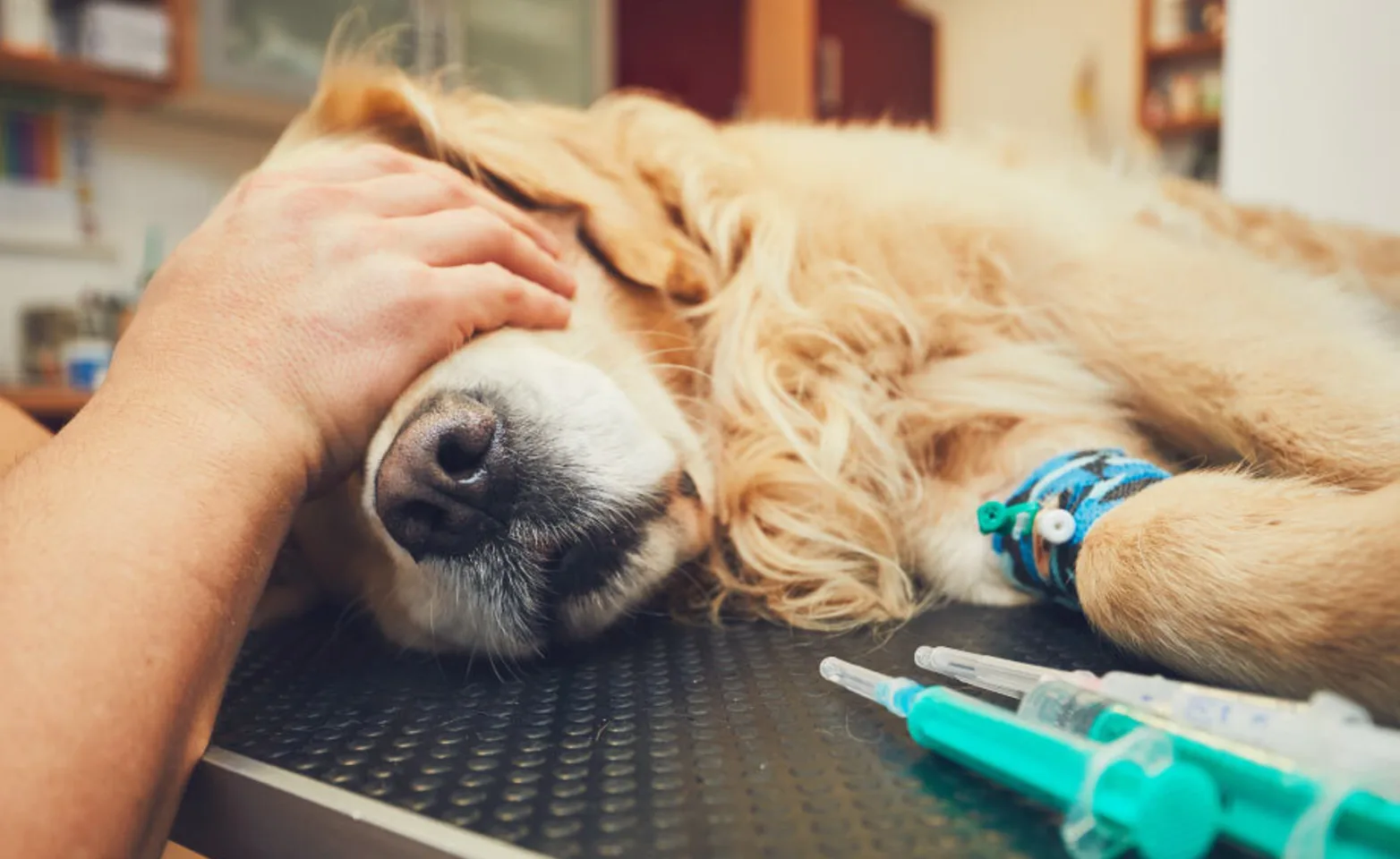Herndon Animal Medical Center

How we minimize risk for anesthesia
Since we perform surgery and dentistry daily on patients of all sizes and ages, we want to limit risks and practice anesthesia as safely as possible. If we are recommending a procedure, we believe the benefit outweighs the risks involved. Listed are a few of the things we do to make anesthesia as safe as possible for your pet.
Complete physical exam where we also review medications to avoid drug interaction.
Labwork – blood and sometimes urine sampling to review major organ functions
In some cases, chest X-rays to ensure the heart and lungs are healthy enough to handle anesthesia
Intravenous (IV) catheter and fluid therapy throughout the procedure—to maintain normal blood pressure and hydration. If medications are needed during the procedure, they are given directly into the bloodstream
Balanced anesthesia:
Premedication—sedatives and pain medication given to ready your pet for anesthesia by relaxing them. This reduces the amount of any one drug used. These are given several hours before or the night before the procedure
Oxygen is administered for several minutes prior to the procedure
Reversal of medications if necessary
Protection of the airway (intubation)
Ventilator used for breathing and gas exchange in the lungs
Nurse dedicated to monitoring the patient the entire time the patient is asleep (blood pressure, EKG, oxygen levels, temperature)
Patients are kept warm during and after procedure
Vital signs are checked during recovery
Patients are kept as pain-free as possible. This might include regional nerve blocks with Novocain or similar medication prior to surgical or dental work starting.
